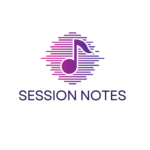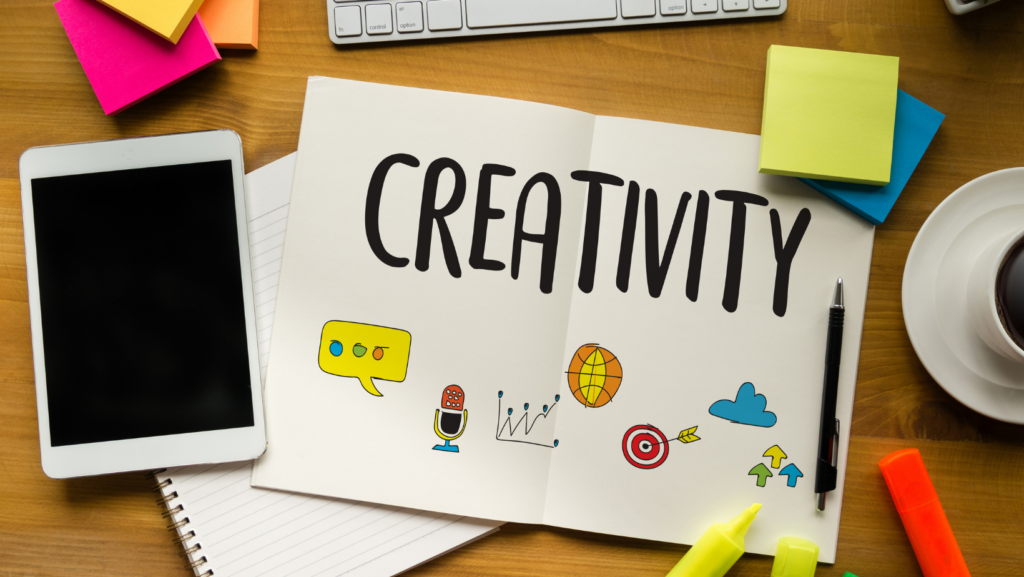Diving into the depths of creativity isn’t just about producing a masterpiece. It’s a journey, a process, a dance between the mind and the muse. This article will illuminate the concept of the creative process, the invisible mechanism behind every stroke of genius.
From Picasso’s paintings to Beethoven’s symphonies, the creative process is the unseen force driving the creation of all forms of art. It’s a complex, often mysterious journey that artists embark on to bring their visions to life. But what exactly is this enigmatic process? How does it work?
Stay tuned as we unravel the mysteries of the creative process definition, providing a clearer understanding of this fascinating phenomenon. Whether you’re an artist seeking to enhance your creative flow or simply intrigued by the workings of the creative mind, this article is sure to pique your interest.
Creative Process Definition

Succeeding the in-depth look at the creative journey, this section explores the precise creative process definition. It dissects key terms and underscores the importance of mastering this process for artistic evolution.
To grasp the creative process, it’s crucial to understand a few key terms. These include:
- Creativity: Qualifies the act of producing new, original ideas, often manifesting in artistic work. For instance, Salvador Dali’s surrealistic paintings demonstrate a high degree of creativity.
- Process: Describes a sequence of actions aimed at achieving an outcome. It’s the steps an artist takes to transform a blank canvas into a masterpiece.
- Incubation: In the creative context, incubation means the time spent away from the consciously designed work, allowing the mind to ponder and refine ideas. An example of this is author J.K Rowling describing how the idea of Harry Potter struck her on a delayed train ride.
- Illumination: Marks the ‘eureka’ moment when an idea fully forms, ready to be put into action. Like when Archimedes experienced his ‘eureka’ moment in his bathtub.
Importance of a Creative Process

Having a defined creative process holds immense significance for any creative individual. Here are a few reasons why:
- Structure: The process provides a framework for creativity, driving artists from initial idea to final masterpiece. Like a roadmap, it guides the journey of creation.
- Consistency: By following a structured process, artists can produce work at a consistent level of quality. This can be seen in the consistently high standards seen across all novels from the novelist, Agatha Christie.
- Evolution and Growth: Regularly traversing the creative process definition fosters artistic growth. It challenges artists to continually push boundaries and evolve, much like how Madonna continually reinvented her style throughout her career.
A robust understanding of the creative process sharpens an artist’s toolset, enabling insightful self-exploration, consistent output, and exponential creative evolution. This knowledge not only unfolds the intriguing landscape of creativity but also nurtures this valuable trait in seekers and practitioners alike.
Enhancing Your Own Creative Process

Harnessing creativity requires both an understanding of the creative process detailed above and the implementation of effective strategies. This section delves into practical methods to enhance personal creativity, spotlighting innovative tools and techniques that foster powerful ideation and habitual creativity.
Developing artistry demands the utilization of innovative tools tailored to bolster the creative process. For instance, brainstorming stands out as a go-to technique for many creatives. This approach allows for the generation of a multitude of ideas, sparking the potential for novel connections.
Mind mapping, another beneficial tool, visually organizes information, establishing a clear structural overview. Artists often leverage this tool for idea generation and project planning, facilitating an effective flow of thought and precision in execution. For example, the renowned architect, Frank Gehry, is known for his extensive use of mind maps in conceptualization and design.
Moreover, creatives regularly turn to mood boards for inspiration. By capturing a palette of textures, colors, and shapes, mood boards visualize the intended atmosphere or feeling of a project, such as in the fashion industry, where designers use them to curate seasonal collections.
Finally, digitized tools now offer an array of features that enhance the creative process. Software like Adobe Creative Cloud provides a suite of design and editing tools, while Basecamp assists with project management.



